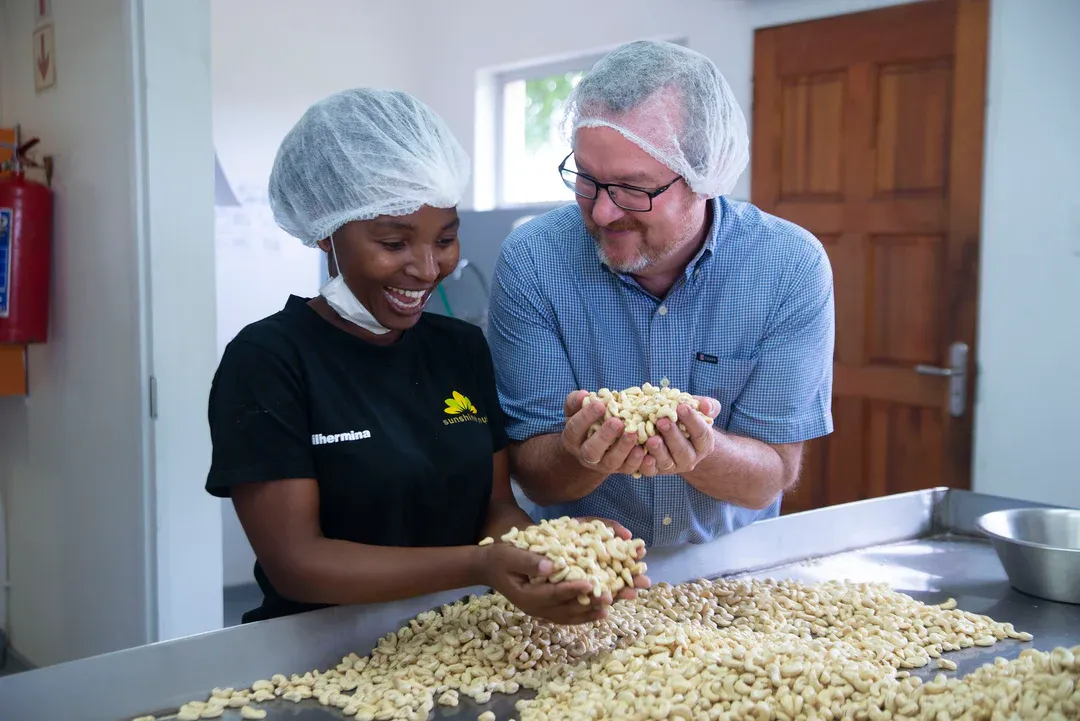
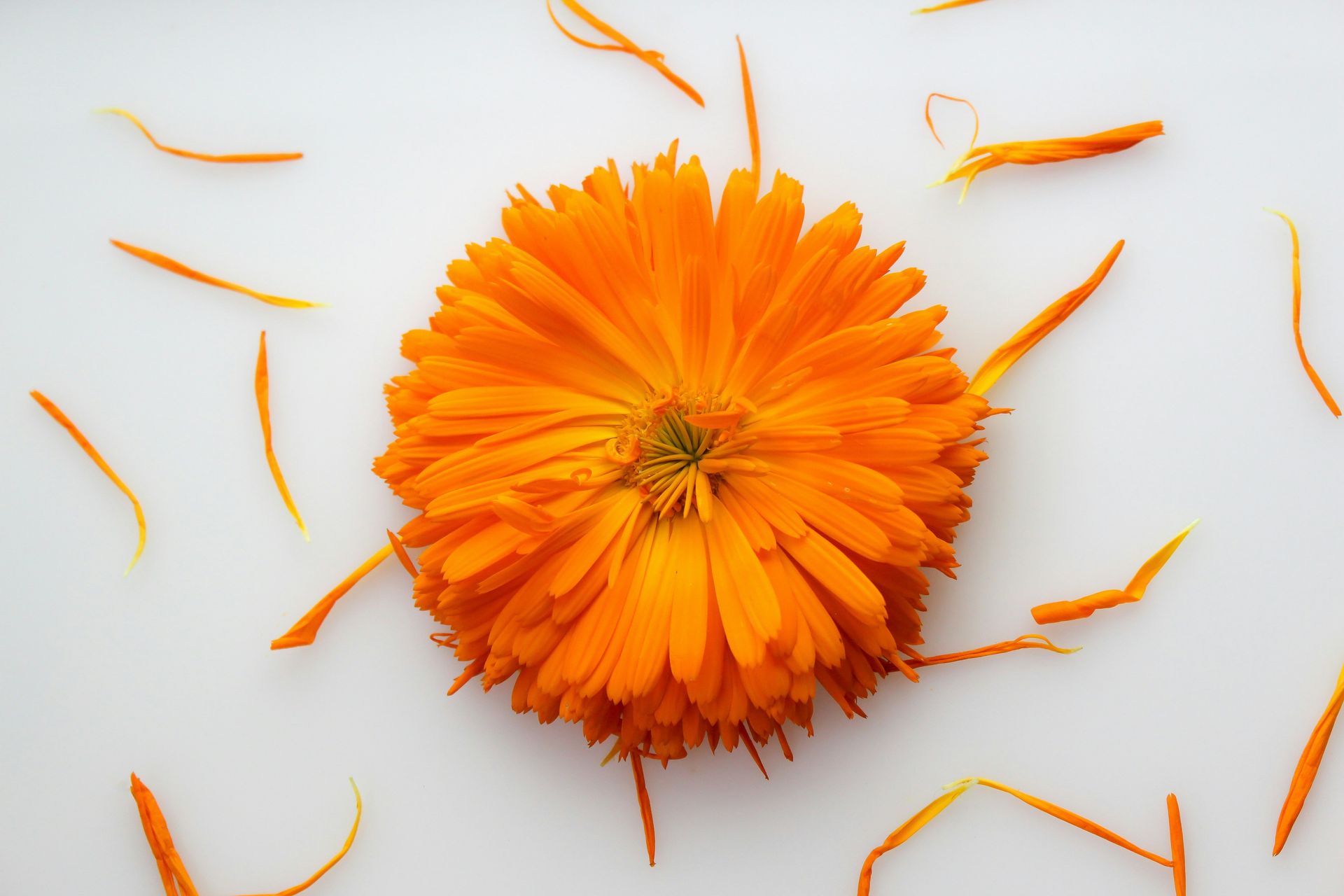



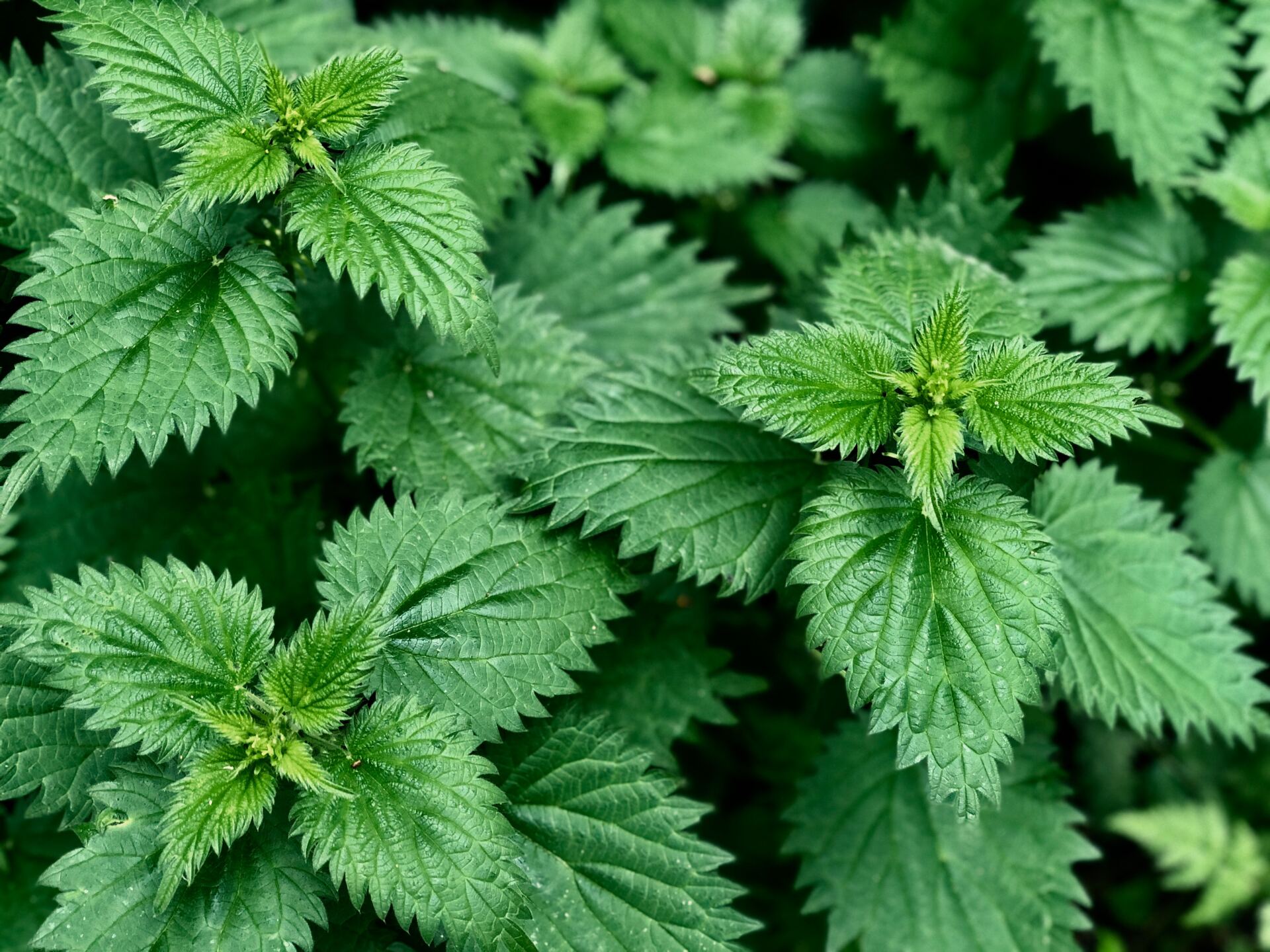




Loki Fish Company
Loki Fish Company is a standout among seafood companies, owing to their commitment to quality and sustainability. They’ve been family owned and operated since their inception in 1979 when Pete Knutson and Hing Lau Ng purchased the Loki, a 38-foot 1959 wooden gillnetter.
Based in Seattle, Washington, they source their seafood from local fishermen who use sustainable fishing methods that have a minimal impact on the ocean. Loki Fish Company is also dedicated to transparency and traceability, providing information to customers about the source of their seafood and how it was caught.
Moreover, Loki Fish Company is dedicated to supporting sustainable fishing practices through research and education. They collaborate with local universities to study the health of fish populations and the impact of fishing on the environment. They also support local organizations that promote sustainable fishing practices. Their commitment to sustainability has earned them the Marine Stewardship Council (MSC) certification, an organization that recognizes and promotes sustainable fishing practices worldwide.

The view aboard a Lummi Island solar-powered reef net boat!
Lummi Island Wild
In 2007 Lummi Island Wild began the process of fitting their fleet with solar power, making them the first solar powered wild salmon fishery in the world! This, combined with their reef netting fishing practices, allows Lummi Island Wild to have the lowest carbon footprint of any salmon fishery in the Salish Sea and almost zero bycatch mortality. In fact, Lummi Island Wild has been awarded the highest rating from Monterey Bay Aquarium’s Seafood Watch and is one of the ten most sustainable fisheries in the world.
In addition to their dedication to sustainability and quality, Lummi Island Wild is also committed to social responsibility. They work closely with local Native American tribes, supporting their fishing practices and promoting their cultural traditions.
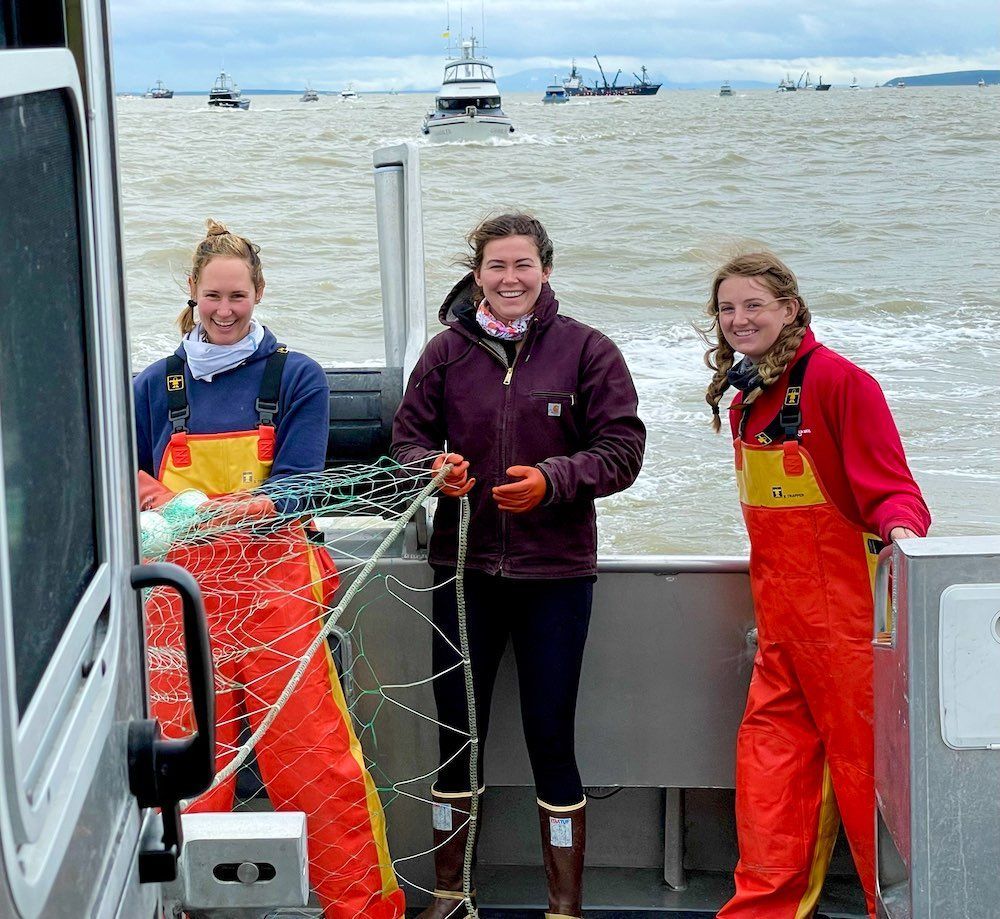
Misty Fjord Seafood
Misty Fjord Seafood is a sustainable, woman-owned seafood company based in Alaska that specializes in wild-caught salmon. They pride themselves on their commitment to responsible fishing practices and environmental stewardship. They use sustainable fishing techniques, such as gillnetting and hook-and-line fishing, to minimize their impact on the environment
and ensure the health of fish populations.
Misty Fjord Seafood places a high priority on the quality and freshness of their seafood. They process and package their products quickly after being caught, ensuring that their customers receive seafood that is at the peak of freshness, flavor, and nutritional value. They also prioritize transparency, providing information about the source of their seafood and the fishing practices used. Misty Fjord Seafood is committed to supporting sustainable fishing practices
Misty Fjord Seafood is committed to supporting sustainable fishing practices through research and education. They collaborate with local universities and organizations to study the health of fish populations and the impact of fishing on the environment. They also work closely with local communities to promote responsible fishing practices.

The Wild Bay crew performing maintenance on the Maggie Lynn!
Wild Bay Seafood Company
Wild Bay Seafood Company traces its origins back to 1997, the year that Don and Nancy Gardner purchased the fishing vessel, “Maggie Lynn” named after their only daughter – Maggie. Located in Gig Harbor, Washington, they are a small family fishing operation with the crew comprised of only Captain Don, Maggie, and her brother Matt on deck. Every summer, they fish commercially for wild sockeye salmon in Bristol Bay, Alaska. When they began, they sold only to local restaurants and specialty grocers, but now that same high-quality fish is available to shoppers at Marlene’s!
Bristol Bay is the world’s largest sockeye salmon fishery, responsibly managed by the state of Alaska to maintain sustainability. No other fishery matches the standard of sustainability set by Bristol Bay. All of Wild Bay’s fish is flash frozen within 24 hours of being caught; so, once thawed, it has the same premium quality as a fish that was just pulled from the sea. All seafood that they offer is wild and sustainable, so you can take care of your health while benefiting the health of the planet. Their commitment to sustainability has earned them the Marine Stewardship Council (MSC) certification, an organization that recognizes and promotes sustainable fishing practices worldwide.
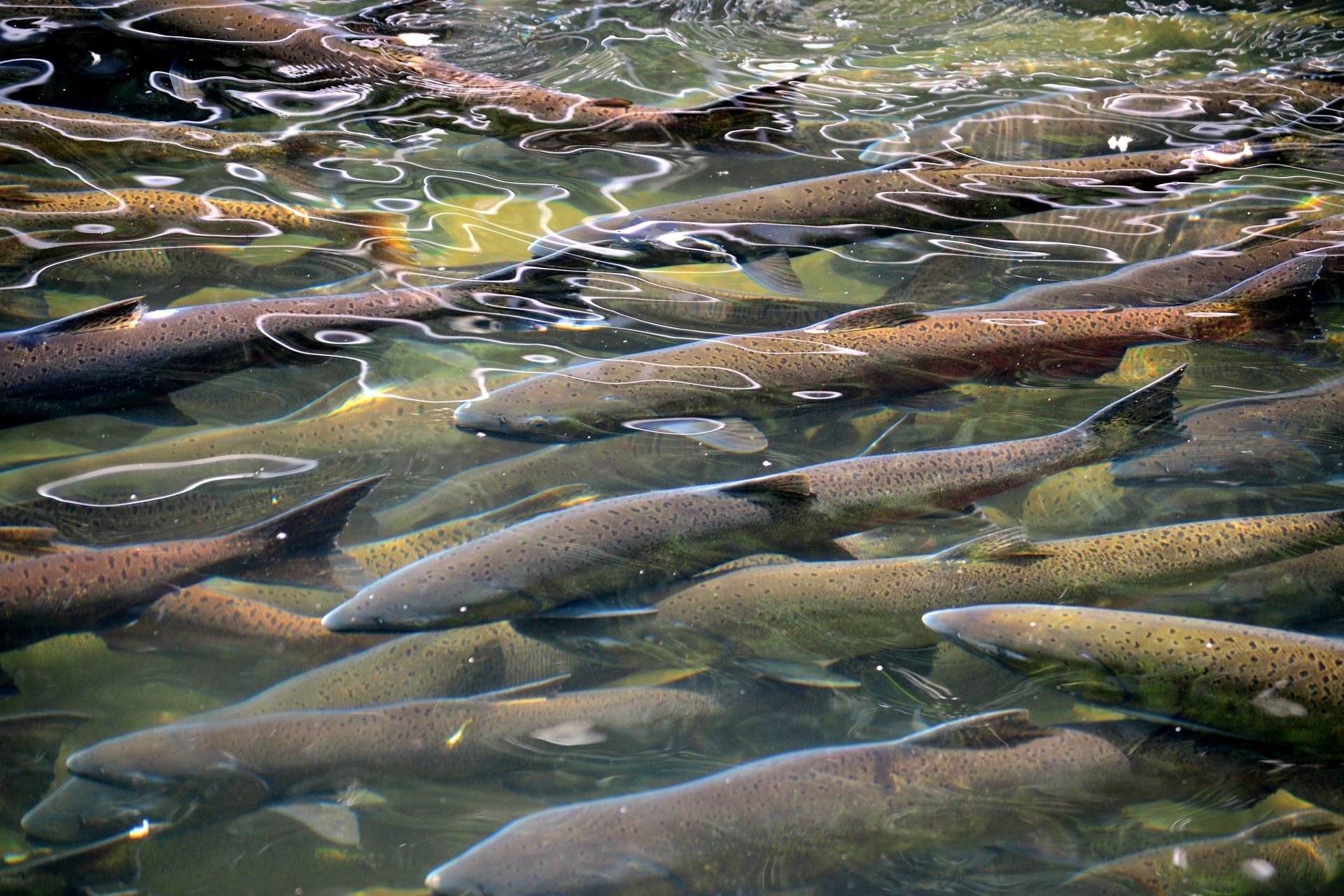
Fish-tastic Recipe Below by Wild Bay Food Company
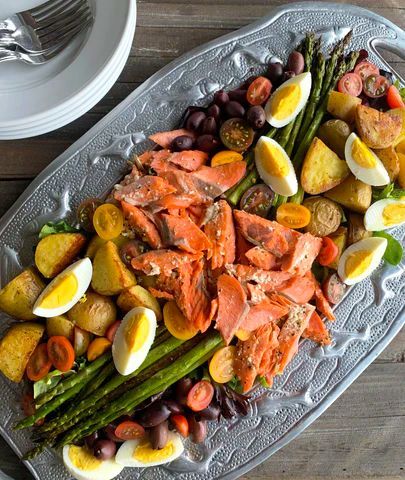
Salmon Niçoise Salad
by Nancy Gardner, Wild Bay Seafood Company
Ingredients:
Directions:

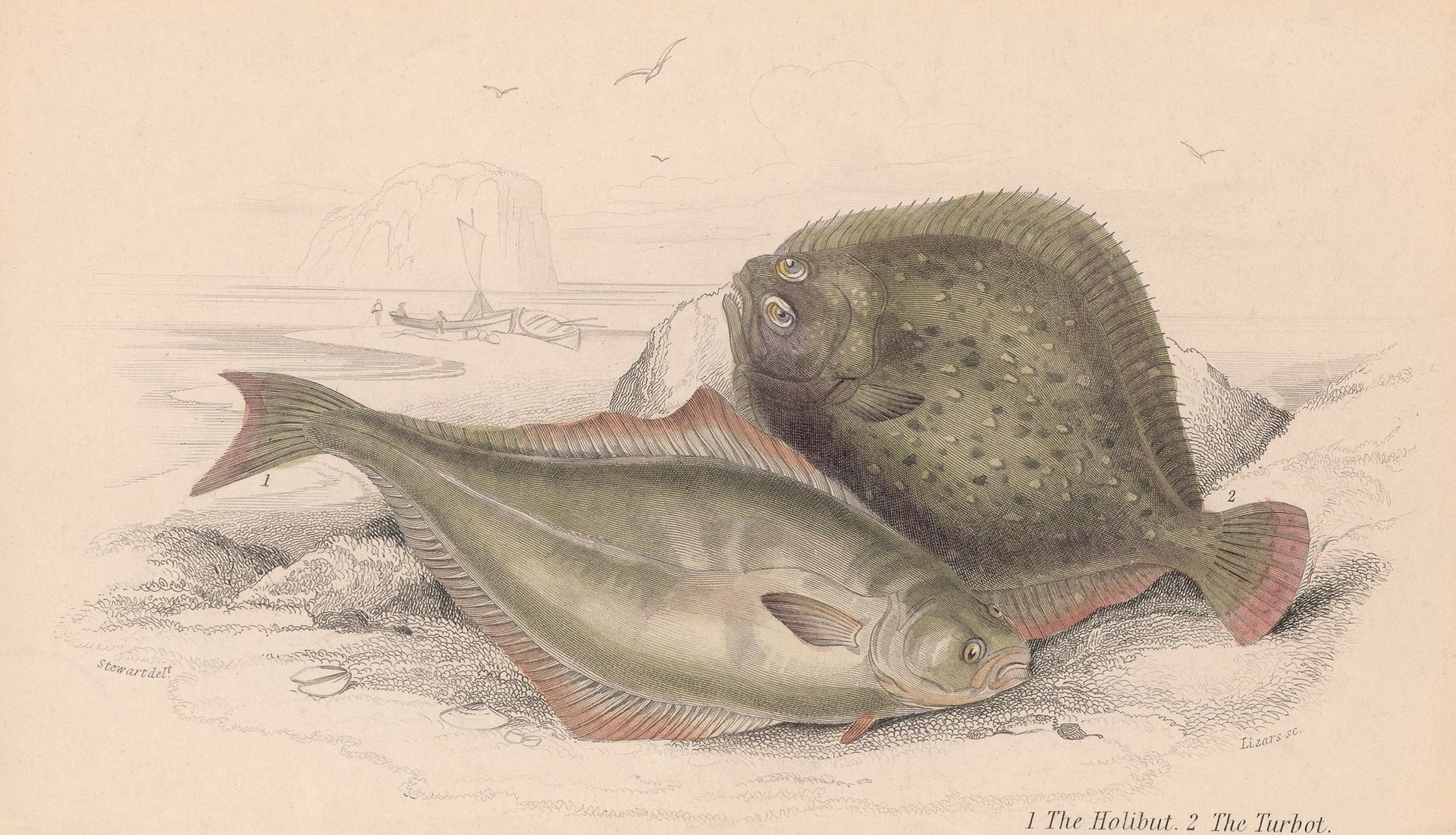









Please give us a call for today’s deli hours as they can vary due to staffing.
Grab and go options are always available until close.
FEDERAL WAY
Monday-Saturday: 8 am - 8 pm
Sunday: 9 am - 7 pm
Please call for current deli counter service hours. Grab and go options available until closing.
2565 S. Gateway Center Place
Federal Way, WA 98003
TACOMA
Monday-Saturday: 8 am - 8 pm
Sunday: 9 am - 7 pm
Please call for current deli counter service hours. Grab and go options available until closing.
2951 S. 38th Street
Tacoma, WA 98409